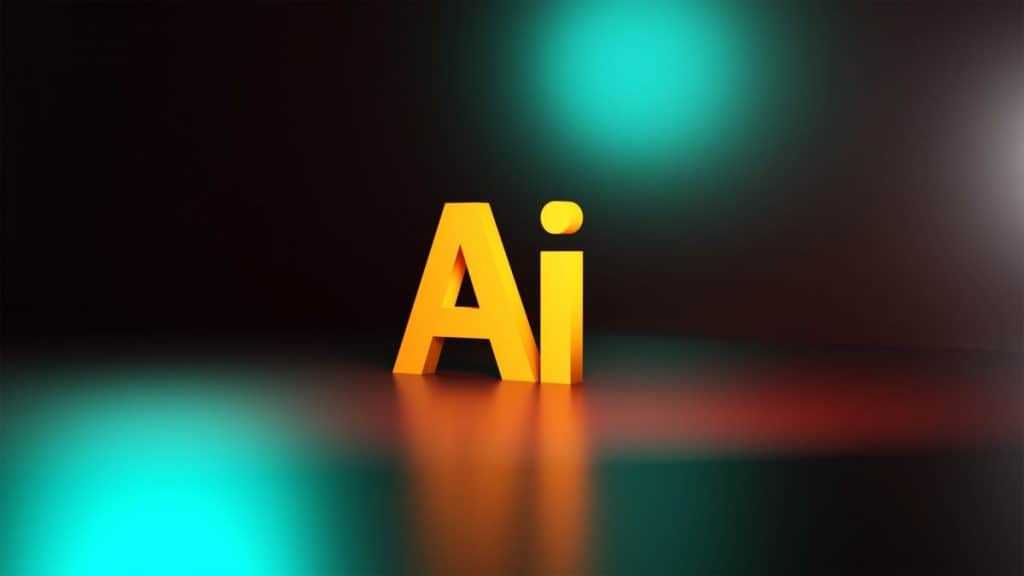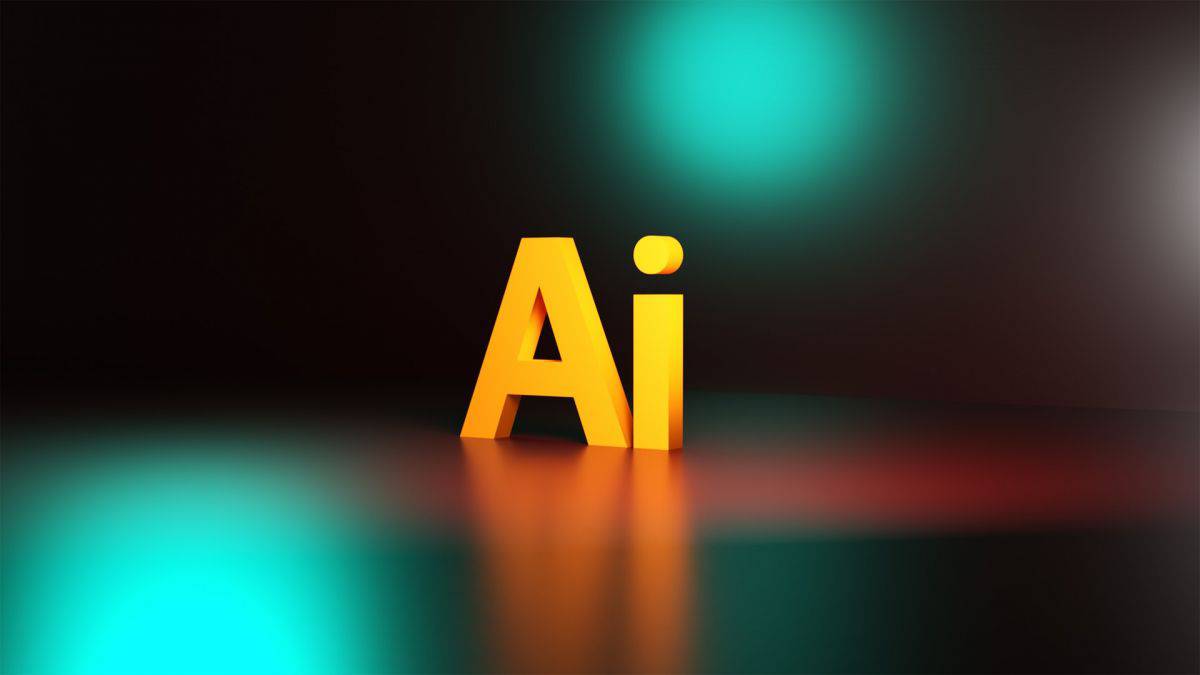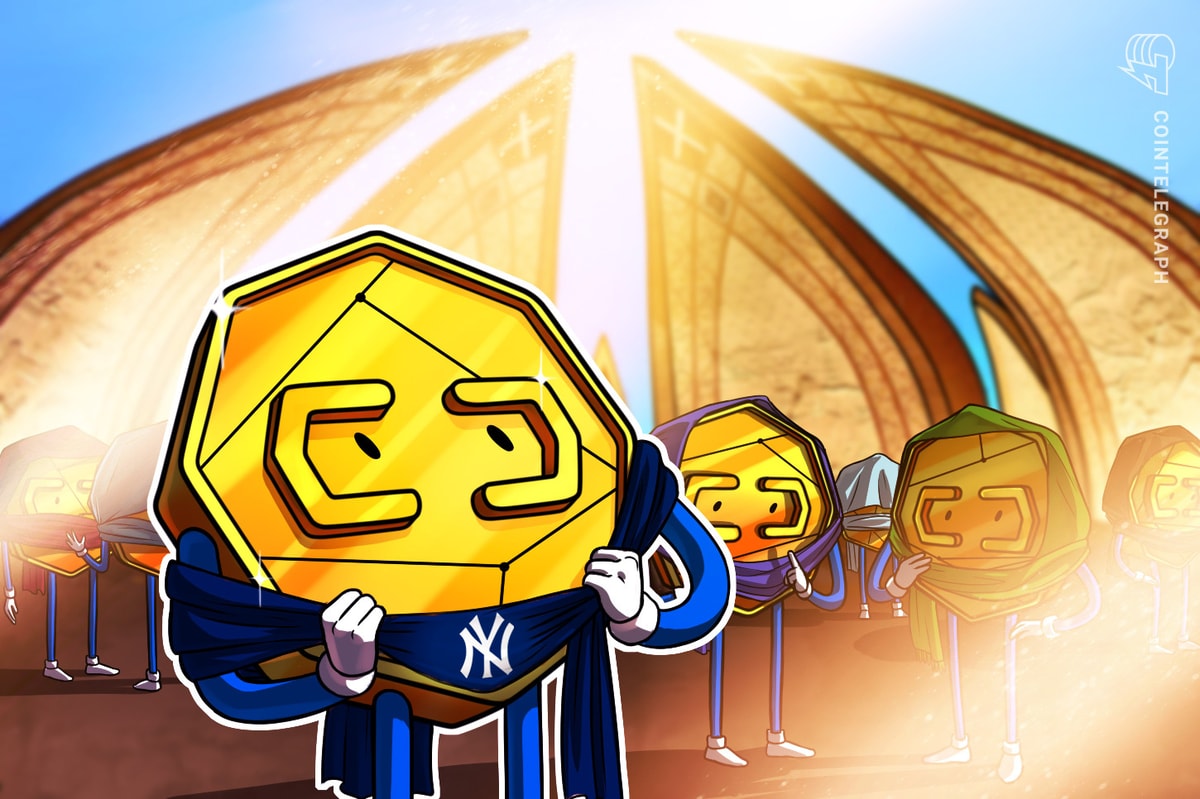
As the topic of artificial intelligence continues to dominate headlines, generative AI tools including Midjourney and Stable Diffusion have been met with both enthusiasm and apprehension in the design community.
For certain designers and artists, the rise of generative AI tools sparks resistance, making them feel that their creative prowess is being replaced by an artificial intellect. In contrast, those who have warmly embraced these budding technologies find themselves at the crossroads of human ingenuity and machine intelligence.
Won J. You, an accomplished design leader and educator, is one creative mind who has incorporated various AI tools into multifaceted aspects of his creative process, ranging from research and ideation to copywriting and visual editing.
You explained his multifarious approach in a recent interview with Metaverse Post, stating: ”I find that tools like ChatGPT and CopyAI are incredibly helpful for UX writing and for copywriting, such as generating ideas for CTAs. For photo editing, I utilize Adobe Photoshop’s AI tools for removing backgrounds, and doing generative fills.”
He finds himself increasingly using Google’s Bard in his discovery process, particularly in domain research, market analysis, and competitor assessment. On the visual front, tools like Midjourney enable him to explore visual concepts and artwork. For You, these creative concepts have been particularly useful for crafting moodboards and experimenting with various stylistic and color combinations.
Humans and AI as Creative Partners
As designers like You and others no longer view AI as a competitor, but as a collaborator, the battle between AI and human creativity is gradually transforming into a narrative of partnership.
Weighing in on this narrative, You emphasizes:
“Artists and designers should embrace AI tools in their creative process because, when used correctly, these tools can be leveraged to not only make their jobs easier but also help them expand their creative horizons. AI does not replace human creativity; it enhances it.”
Take the architectural domain, where tools like BricsCAD BIM use AI to transform 2D sketches into highly detailed 3D models. The tool provides real-time visualization, allowing architects to tweak their designs for their desired outcomes.
Another example is Zaha Hadid Architects, known for using computational design in their workflow. This approach employs algorithms and predefined parameters to solve design challenges and create automated customized workflows.
Mitigating Bias in AI-Generated Designs
However, this collaborative landscape isn’t devoid of challenges. It’s no secret that AI systems can inadvertently perpetuate biases present in training data, potentially leading to biased output.
In an article published in Oct 2022, the World Economic Forum highlighted bias found in DALL-E mini when prompted to generate a “painting of a CEO founding a start-up in Europe.” None of the AI-generated paintings depicted a female as CEO.
To combat bias in AI, design technologists and researchers have been trying to infuse ethics into AI design processes. AI companies have also published their own responsible AI practices to steer the development and usage of their technologies.
As highlighted by MIT’s now-defunct “Gender Shades” project, which explored the racial and gender biases in facial recognition algorithms, designers must actively mitigate biases to ensure equitable design outcomes that resonate with diverse audiences.
However, You says that governing the ethics of AI use will not be an easy task, especially when it comes to issues of originality, and authorship.
“What standard can we apply to determine whether a design has truly been transformed? I don’t believe we can establish something as straightforward as a percentage difference as a guideline to determine if the changes made to a design are sufficient to be considered new. For that reason, it will often come down to a judgment call,” he states.
Enhancing UI/UX through AI Insights
User experience (UX) and user interface (UI) design are also seeing a shift due to the rise of AI algorithms. These algorithms analyze user behavior patterns to create interfaces that intuitively cater to users’ needs.
For instance, Netflix employs AI to personalize its user interface, curating content recommendations that align with viewers’ preferences. This personal touch enhances user satisfaction and retention.
You believes that the challenges of AI in the context of UX/UI design are less significant than in other areas such as advertising or digital art. “This is because it is not easy to patent the interface design of a digital product,” he explains.
Why AI Will Not Replace Human Designers
Critics often speculate about the erosion of the human touch in a world increasingly reliant on AI-generated designs. Yet, designers are keen on striking a balance between automation and preserving the essence of human creativity.
Speaking about the emotional essence of design, You brings up empathy, a human trait and skill that artificial intelligence does not possess.
“As cliché as it may sound, at the core of every good design is empathy.”
he says.
He describes how designers act as bridges between the emotional understanding required and the AI-generated output. You suggests that designers can harness AI’s raw output as a starting point and infuse it with creativity, refinement, and emotional depth to create compelling designs. Regular testing with real users and storytelling techniques further validate the emotional impact of these designs.
Rob Girling, the co-founder of Artefact Group, a product strategy and UX design firm, echoes this sentiment.
“Today, most design jobs are defined by creative and social intelligence. These skill sets require empathy, problem framing, creative problem solving, negotiation, and persuasion. The first impact of AI will be that more and more non-designers develop their creativity and social intelligence skills to bolster their employability,” Girling wrote in a blog post about AI and the future of design.
Tackling Homogeneity in Design
Addressing concerns about homogeneity in design, You acknowledges the existing challenge of commodification.
He notes, “We live in a world where many aspects of design have become commodified.” He mentions the abundance of templates and UI libraries that contribute to a sense of derivativeness.
However, he emphasizes that skilled designers must navigate the balance between familiarity and uniqueness.
You explains, “In the future, the only difference will be that designers will have to provide written prompts to instruct the AI on what they are seeking. Similar to Midjourney, they may need to use specific keywords like “skeuomorphic,” “fluorescent,” and “asymmetric” to generate the desired output.”
The evolution from manual experimentation to directed AI assistance marks a shift in the designer’s role.
In Girling’s blog post, he stated that designers of the future would need to take on more of a curator role. “In the future, designers will train their AI tools to solve design problems by creating models based on their preferences,” he added.
A Glimpse of Tomorrow’s AI
As the partnership between human and AI is still in its nascent stages, You believes that there is a need to fully comprehend the benefits of AI and its inherent limitations in order to fully take advantage of the collaborative process.
He explains that for those with the slightest inkling of an idea, the creation of prompts using tools like Midjourney can aid in visualizing concepts. These prompts are akin to creative briefs, where heightened detail and precision lead to superior outcomes.
Similar dynamics unfold between designers and their clients, resonating with the common experience of receiving vague or puzzling feedback. It’s essential to recognize that AI is no more adept at deciphering poorly articulated directions than a human would be. Thus, it is important for designers to have a clear vision and the ability to articulate instructions in a way that AI can understand.
As AI tools improve, You thinks that the prospect of auto-complete functionality within AI prompt engineering will emerge. This means that AI could predict intended communication, though this might still be a few years away.
Lastly, he predicts that it might be possible to upload images of other design inspirations as source material. This could allow AI to use these images as reference points for generating UI instead of solely relying on text prompts.
Read More: mpost.io









 Bitcoin
Bitcoin  Ethereum
Ethereum  Tether
Tether  XRP
XRP  Solana
Solana  USDC
USDC  Dogecoin
Dogecoin  TRON
TRON  Cardano
Cardano  Lido Staked Ether
Lido Staked Ether  Wrapped Bitcoin
Wrapped Bitcoin  Hyperliquid
Hyperliquid  Sui
Sui  Wrapped stETH
Wrapped stETH  Chainlink
Chainlink  Avalanche
Avalanche  LEO Token
LEO Token  Stellar
Stellar  Toncoin
Toncoin  Bitcoin Cash
Bitcoin Cash  Shiba Inu
Shiba Inu  Hedera
Hedera  USDS
USDS  WETH
WETH  Litecoin
Litecoin  Wrapped eETH
Wrapped eETH  Monero
Monero  Polkadot
Polkadot  Binance Bridged USDT (BNB Smart Chain)
Binance Bridged USDT (BNB Smart Chain)  Ethena USDe
Ethena USDe  Bitget Token
Bitget Token  Pepe
Pepe  Coinbase Wrapped BTC
Coinbase Wrapped BTC  Pi Network
Pi Network  WhiteBIT Coin
WhiteBIT Coin  Aave
Aave  Uniswap
Uniswap  Dai
Dai  Ethena Staked USDe
Ethena Staked USDe  Bittensor
Bittensor  OKB
OKB  Cronos
Cronos  Aptos
Aptos  BlackRock USD Institutional Digital Liquidity Fund
BlackRock USD Institutional Digital Liquidity Fund  NEAR Protocol
NEAR Protocol  Jito Staked SOL
Jito Staked SOL  Internet Computer
Internet Computer  Ondo
Ondo  Ethereum Classic
Ethereum Classic